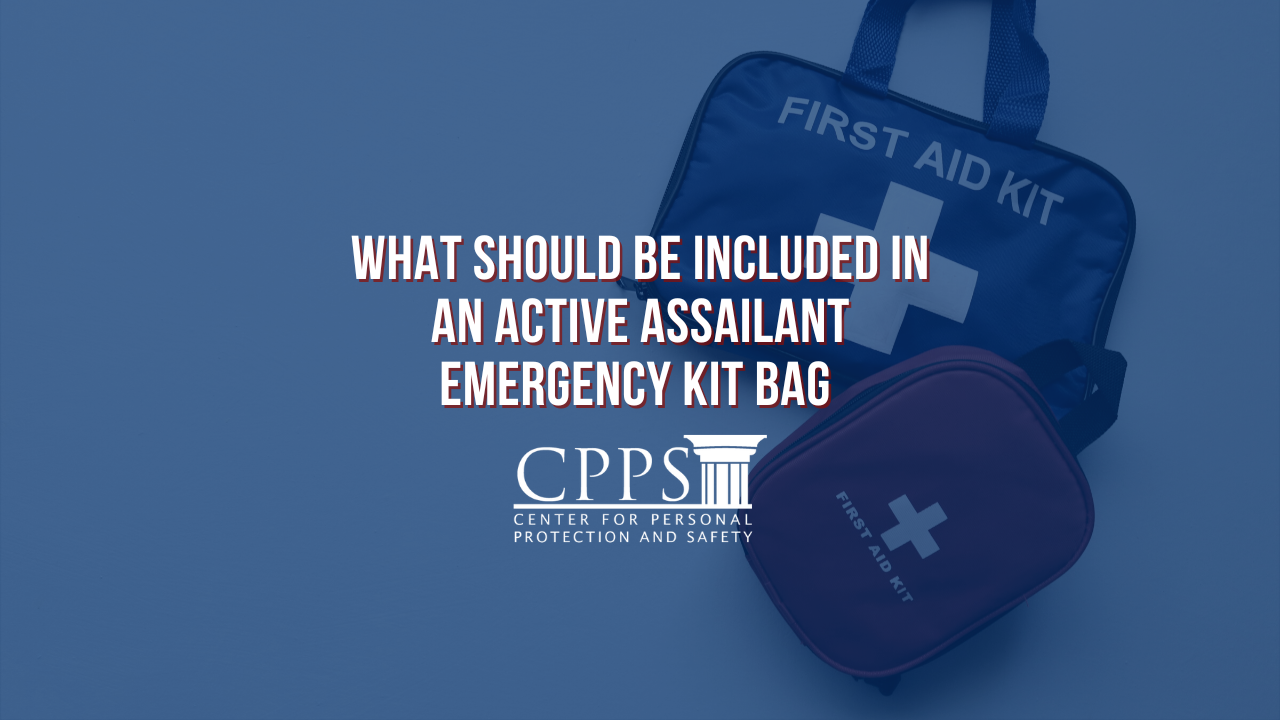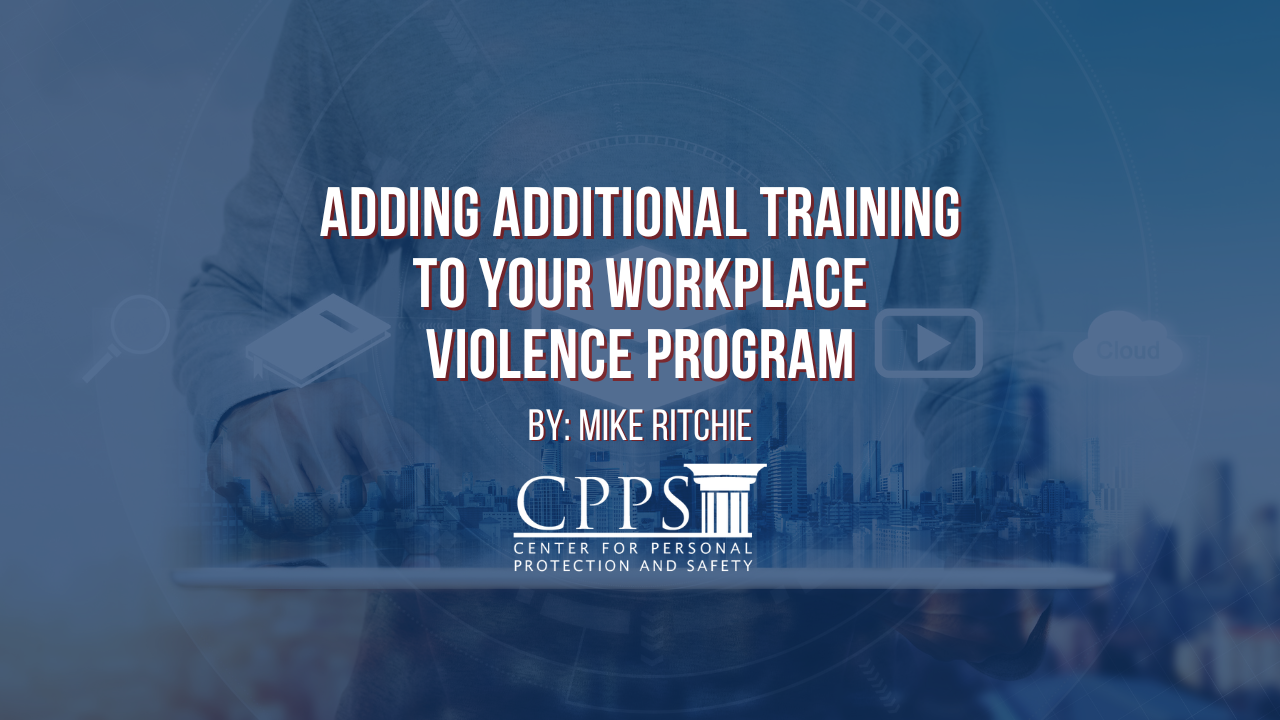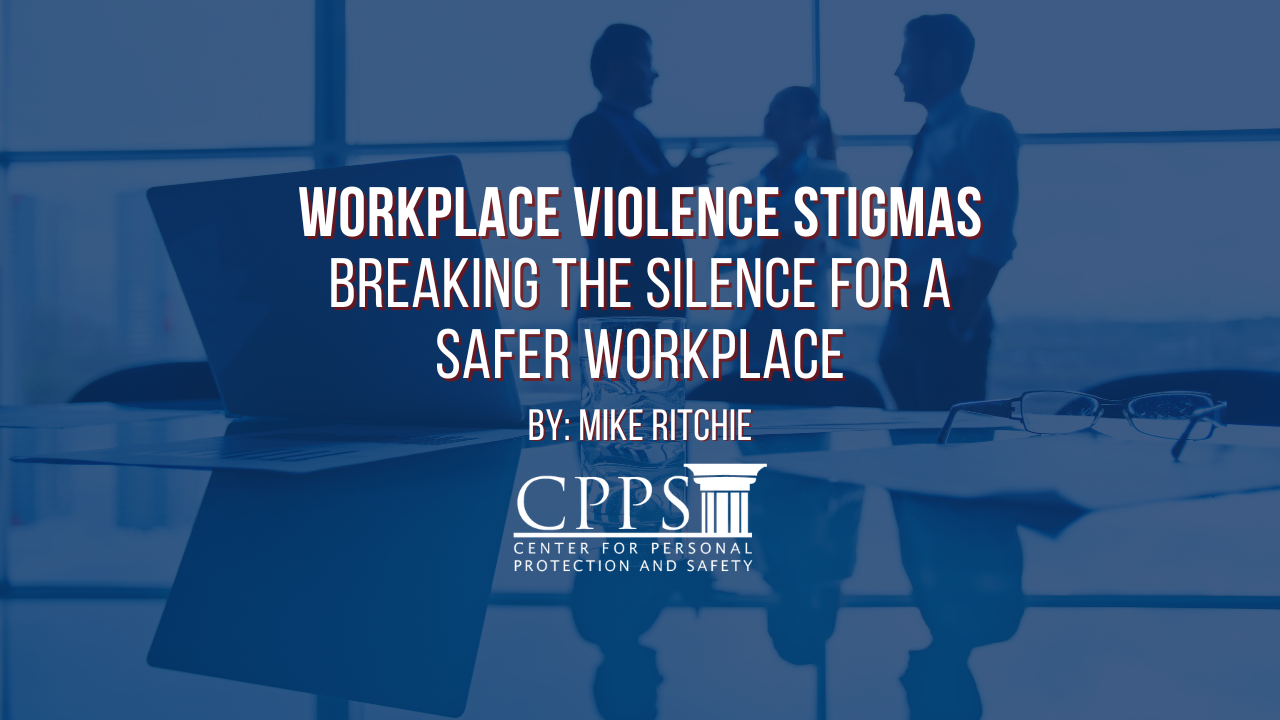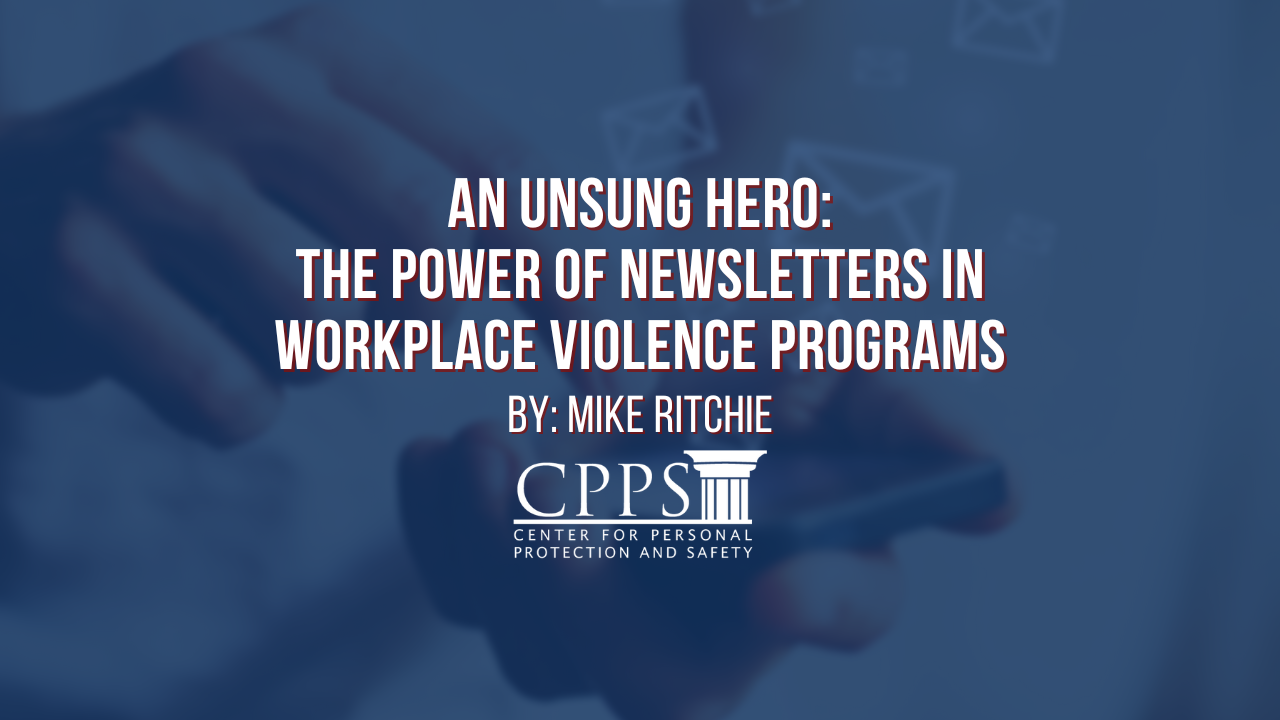
Blog
Essential Defense: Navigating Workplace Violence Prevention Training
Workplace violence training is the armor needed to protect today's workforce – that’s the easy part to identify. The challenging part is navigating who should receive training, the required content, and at what level it should take place to comply with industry standards and best practices.
What Should be Included in an Active Assailant Emergency Kit Bag?
CREATING AN EMERGENCY KIT BAG FOR AN ACTIVE ASSAILANT SITUATION REQUIRES CAREFUL CONSIDERATION OF THE POTENTIAL THREATS AND THE SPECIFIC NEEDS OF INDIVIDUALS AND ORGANIZATIONS IN SUCH EMERGENCIES.
During an active assailant situation, every second counts. Having an emergency kit bag readily available allows individuals to quickly access essential supplies and tools needed to respond to an emergency. It helps minimize response time and enables immediate action to enhance personal safety and potentially save lives.
Understanding the Relationship Between Insider Threat and Workplace Violence
The modern business landscape presents numerous challenges to organizations, and two significant threats that require careful attention are Insider Threat and Workplace Violence.
Insider Threat refers to the risk posed by individuals who have authorized access to an organization's systems, data, or resources, while Workplace Violence encompasses acts or threats of aggression, harassment, or intimidation within the work environment. Although distinct, there are connections between these two topics that organizations should recognize and address to ensure the safety and security of their employees and operations.
A Silent Storm: The Impact of Intimate Partner Violence on the Workplace
Intimate partner violence (IPV) is a pervasive issue that extends beyond the confines of private life, affecting various aspects of a victim's well-being, including their professional life. As organizations increasingly recognize the profound impact of IPV on the workplace, they are compelled to take action and create supportive environments for their employees. This article delves into the subject of intimate partner violence and its far-reaching consequences within the workplace.
Adding Additional Training to Your Workplace Violence Program
Workplace violence is a significant concern for organizations worldwide, with potentially severe consequences for employee safety, morale, and overall business operations. To mitigate this risk, workplace violence programs have become increasingly important. However, while prevailing standards may provide a foundation for such programs, there are other training aspects, not outlined in these standards that often go overlooked: security awareness, safe termination, and insider threat training. This article explores the vital role that each of these training topics play in supporting workplace violence programs and why you should consider adding one or more of these into your organization’s training catalog.
Workplace Violence Stigmas: Breaking the Silence for a Safer Workplace
Workplace violence is a critical issue that affects organizations worldwide. It encompasses a range of behaviors, including physical assault, verbal abuse, bullying, harassment, and threats, which can lead to severe consequences for both individuals and the organization as a whole. Unfortunately, workplace violence is often accompanied by stigmas that hinder proper understanding, prevention, and intervention. In this article, we will explore two common workplace violence stigmas and highlight the importance of dispelling them to create a safe and secure work environment.
An Unsung Hero: The Power of Newsletters in Workplace Violence Programs
In today's rapidly evolving business landscape, workplace safety and security have become paramount concerns for organizations. Among the myriad of strategies employed to address this issue, regular and recurring communication plays a vital role in developing safety and security programs, like workplace violence. Security leaders who utilize communication tools such as newsletters and short form video can cultivate a culture of safety and security within their organizations, fostering awareness, preparedness, and swift responses to potential threats. This article will delve into the significance of regular communication and highlight how CPPS' Safe Workplace Unlimited Package, with its comprehensive Communication Resources, can enhance workplace safety initiatives.
The Difference Between Building a Workplace Violence Prevention and Intervention Program and the Safe Workplace Certification
Clients often ask: why should I receive the Safe Workplace Certification (SWC)? How is it different than developing a Workplace Violence Prevention and Intervention (WVPI) program?
HOW TO ACHIEVE THE SAFE WORKPLACE CERTIFICATION (SWC)
Improved safety, reduced costs, improved employee morale and retention, enhanced reputation, and compliance with regulations are among a range of benefits for organizations that achieve the SWC.
Why the Safe Workplace Certification is Valuable for Healthcare Organizations
CPPS' Safe Workplace Certification is a highly valuable credential for healthcare organizations seeking to demonstrate their commitment to providing a safe and healthy work environment for their staff and visitors. This certification is earned by organizations who work with CPPS to develop a comprehensive Workplace Violence Prevention and Intervention (WVPI) program. It’s third-party validation of consistency with national standards, like those produced by Joint Commission, DNV, OSHA, and ANSI. In this article, we will explore the importance of CPPS' Safe Workplace Certification for healthcare organizations in terms of limiting their liability, providing safer operating environments for staff and visitors, and saving organizations money.










